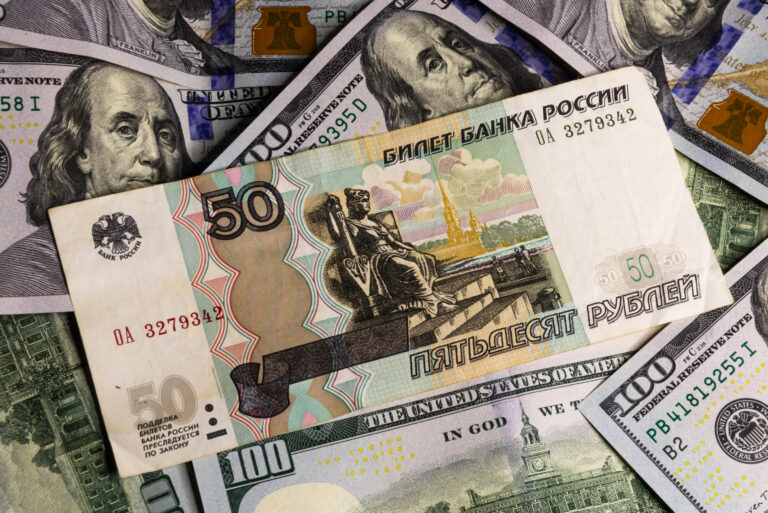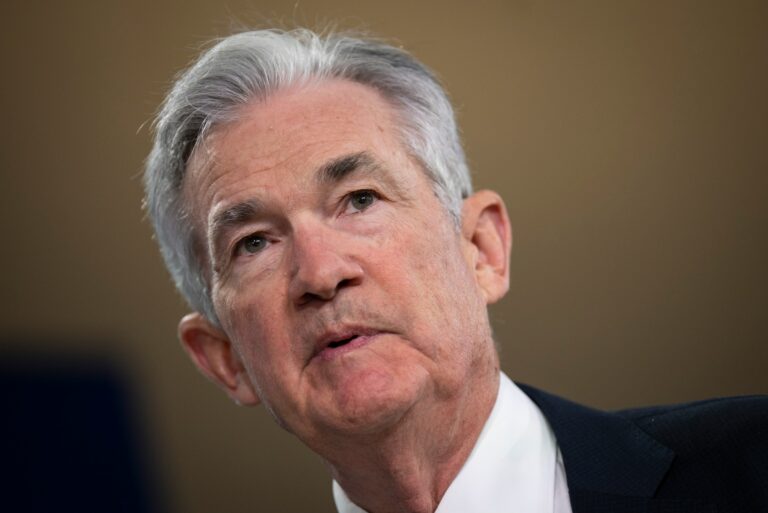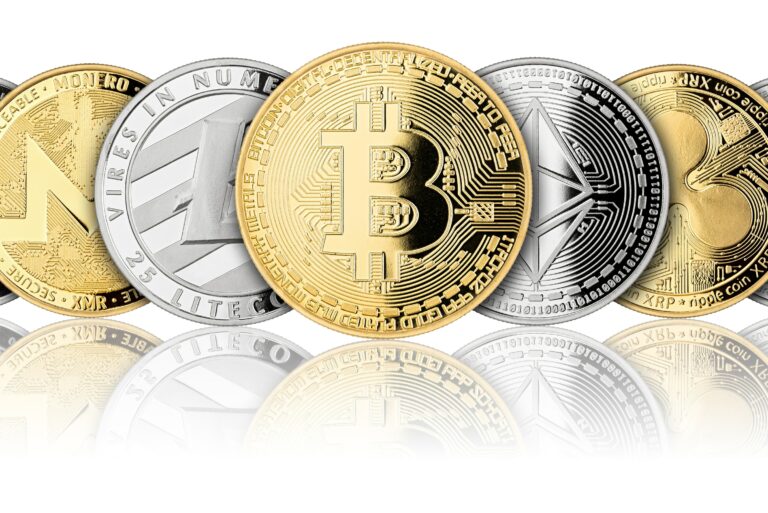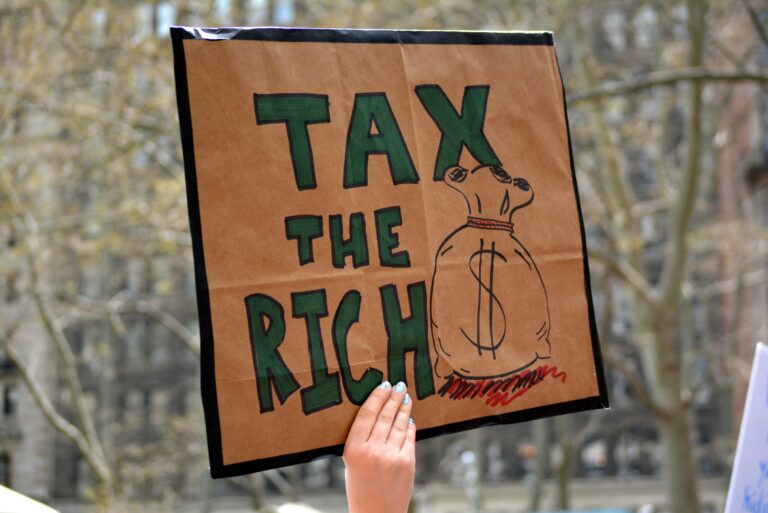Economy & Policy
12 articles
Contrary to popular belief, offshore banking isn’t limited to the rich and unethical. It’s sometimes necessary for people — even ordinary Americans — to have offshore accounts for legitimate financial reasons. Curious what offshore banking can do for you?
Quick Look The Federal Open Market Committee of the Federal Reserve hiked the closely watched federal funds rate by 25 basis points, or one-quarter of a percent, at its meeting in July 2023. Federal Reserve Chair Jerome Powell announced the move at 2pm Eastern Time on Wednesday, July 26. The FOMC’s July 2023 rate hike
The Panic of 1907 was a major American financial crisis that occurred in the fall of 1907. Also known as the Bankers’ Panic or Knickerbocker Panic, it nearly ruined the New York Stock Exchange. In its aftermath, Congress created the Federal Reserve Bank of the United States.
Cryptocurrencies, or virtual currencies, are digital means of exchange created and used by private individuals or groups. Bitcoin, Ethereum, and a host of alternative coins exist today. Learn what cryptocurrency is, how it works, the history of the technology, and examples of cryptocurrencies today.
Some call it the gig economy. Others call it the peer economy. Others, the collaborative economy, or “collaborative consumption.” Still others, the sharing economy. Tomayto, tomahto. More important than what it’s called is what it is. As Fast Company contributor Rachael Botsman pointed out in a now-classic article on the topic, the sharing economy has
During the 2020 presidential primary, multiple candidates drew attention to the concept of a wealth tax. While wealth taxes can come in many forms, there’s a lot of misinformation and misunderstanding about them. Find out how they work and who they really impact.
There’s already a lot of misinformation out there about the Credit Card Competition Act. Before you decide whether you’re in the pro or con camp, it’s important to understand what the law is, how it will work, and who it helps and, yes, harms.
Some are proposing a new type of benefit program called universal basic income, which would give every American adult a monthly cash payment with no strings attached. But what are the pros and cons?
The theory behind the gold standard is that it keeps overspending and inflation in check. While that sounds like something that couldn’t go wrong, the reality doesn’t live up to the hype.
Economic historians — and anyone who lived through it — will remember 2022 as a year of rapidly rising interest rates. From closely watched benchmarks like the federal funds rate to rates on mortgages, auto loans, and credit cards, the year ended with much higher rates than when it started. Even if you pay your
You’re probably not alone if you’ve always wondered what benchmark interest rates were but were too afraid to admit you didn’t already know. Learn what they are, how they work, and how they affect you.
Is the U.S. in a recession? And if a recession hasn’t hit yet, how long before it does? That’s not a simple question to answer. Learn about the many different indicators economists use to determine when the economy is going into a downturn, and which are flashing right now.











